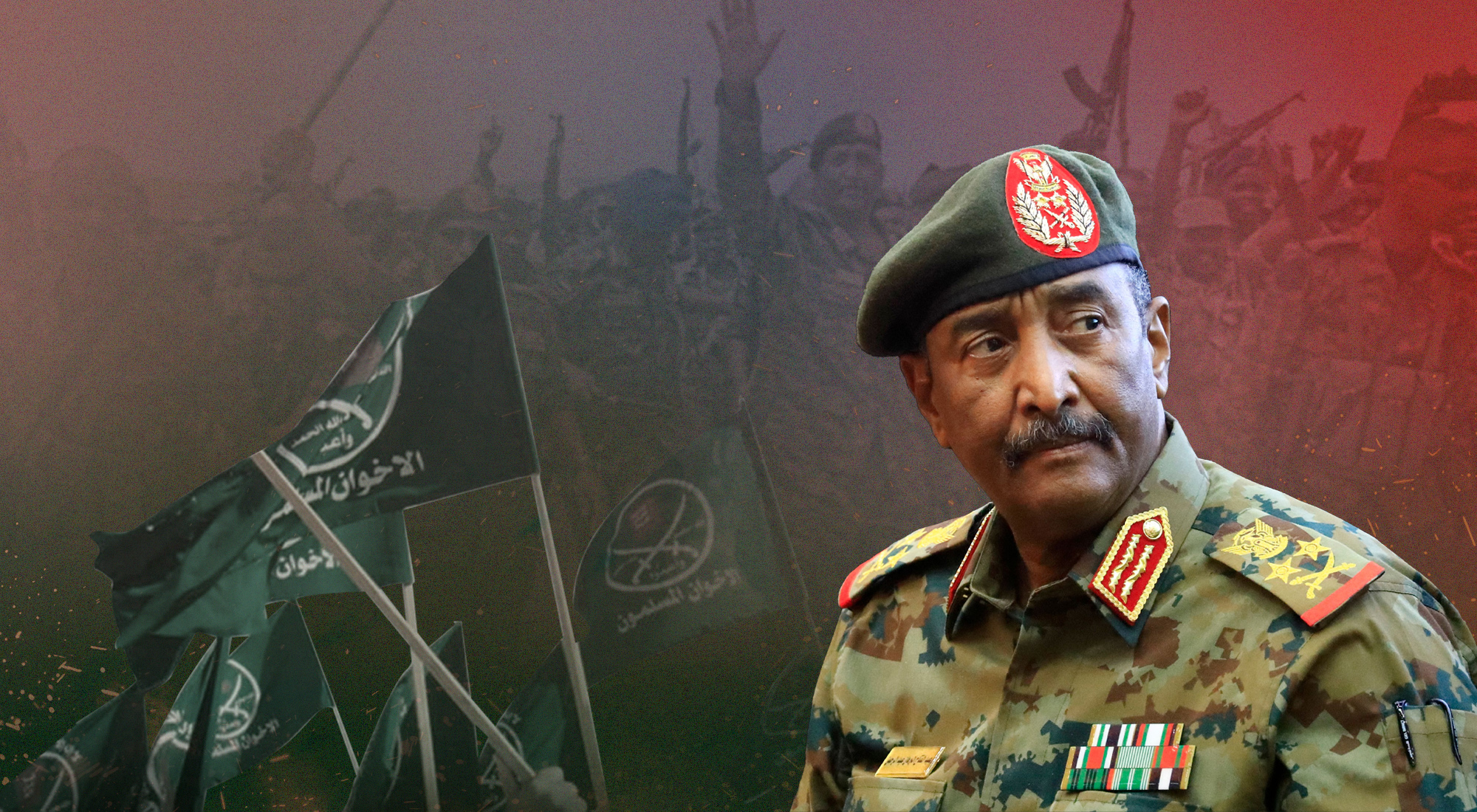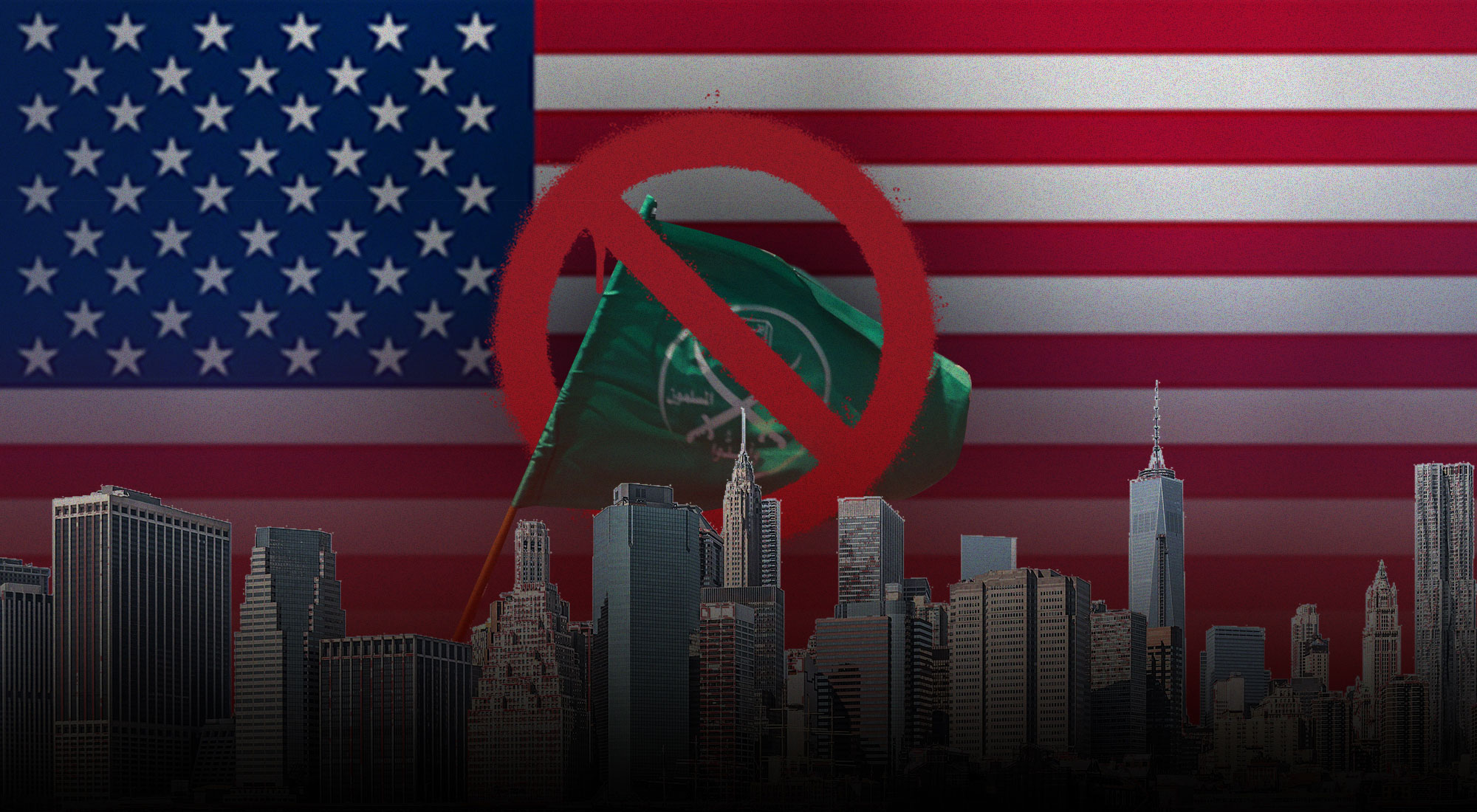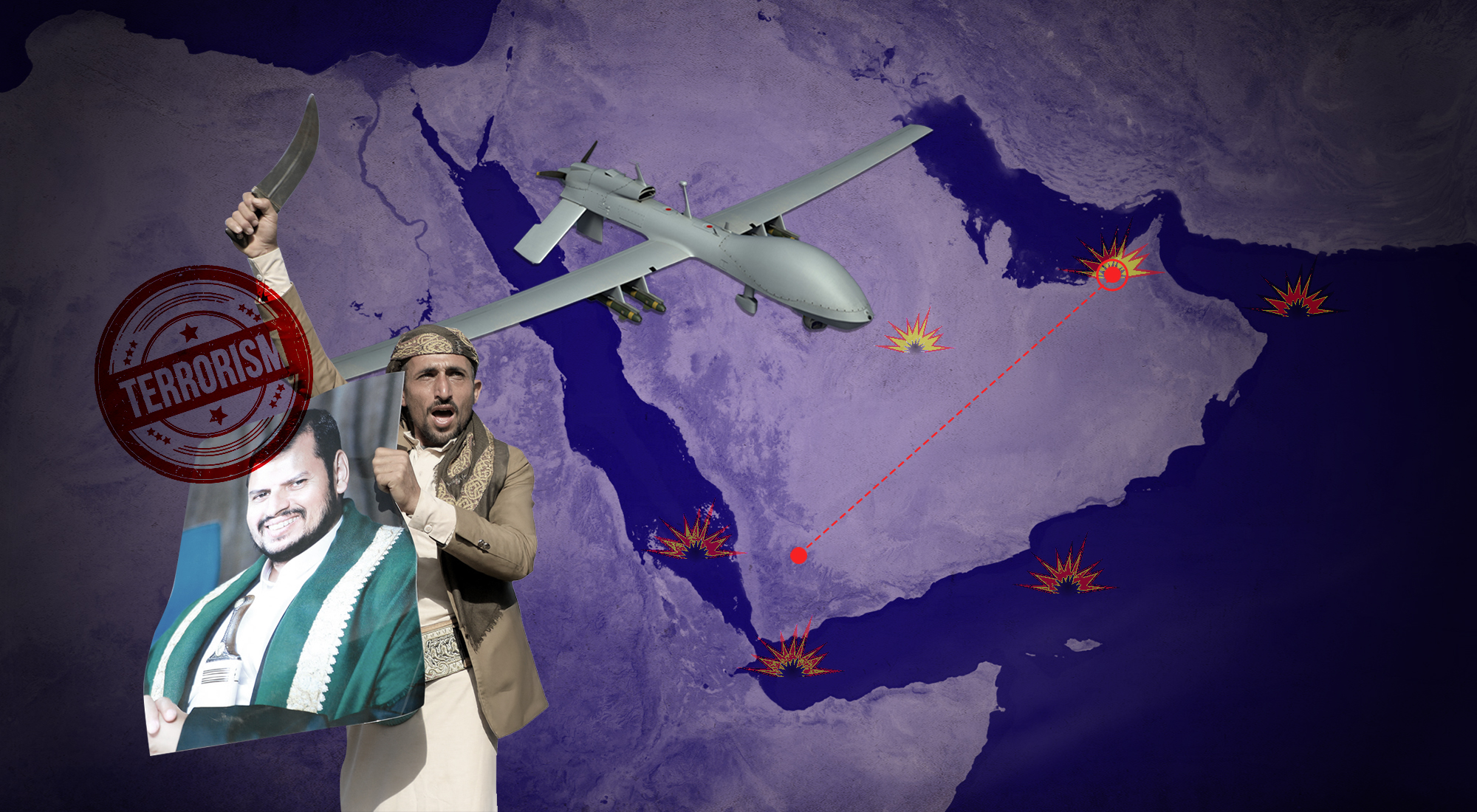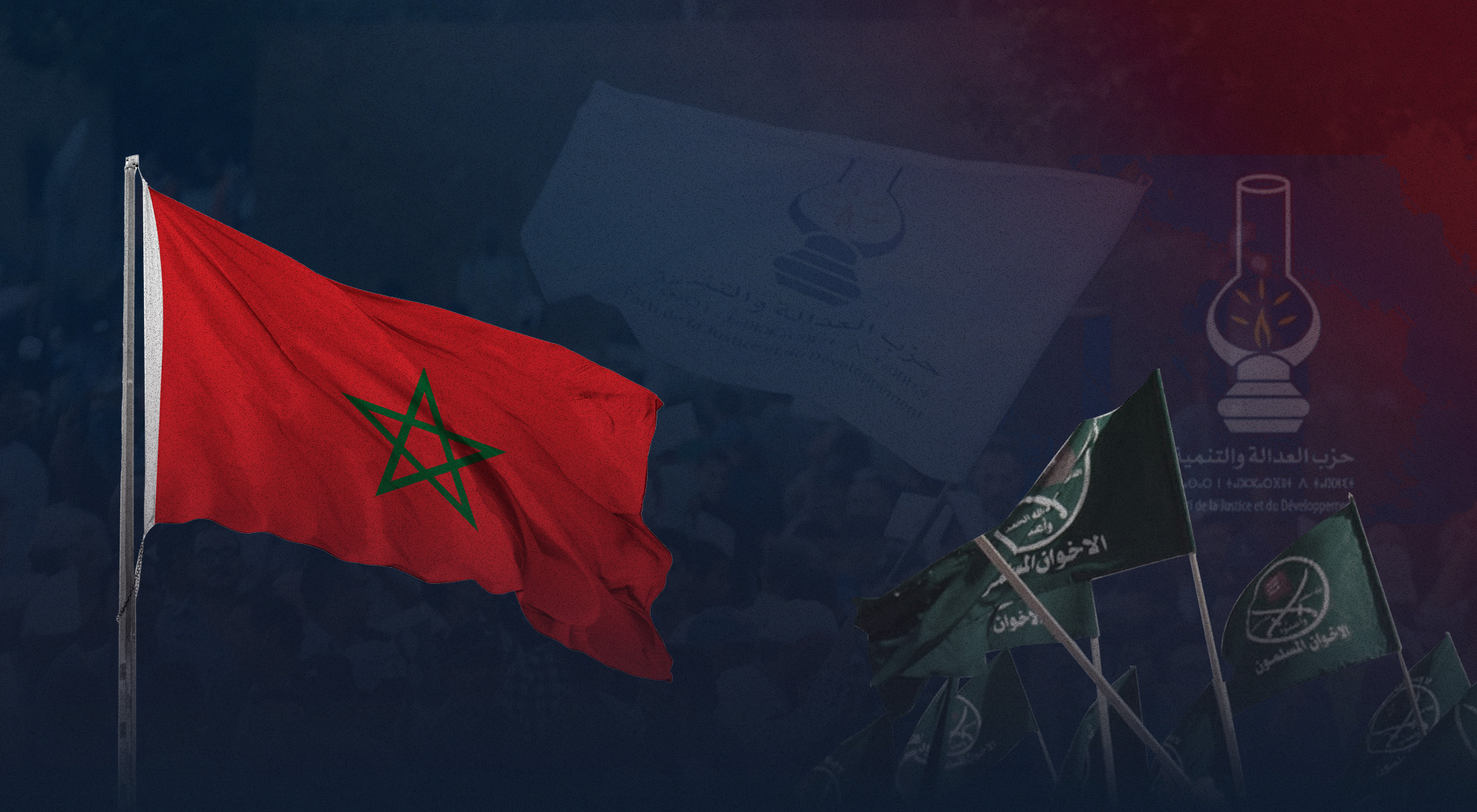Introduction
The world is fragmenting and if leaders are not able to exercise leadership and reverse this dangerous trend, humanity will remain divided in the foreseeable future.
The very idea of human fraternity, or that we are all one, has been articulated and advocated by all the great civilizations and religions. Irrespective of the man-made ethnic and religious differences, all philosophers and faiths advocate the idea that we are one. For instance, Confucius’ golden rule, “Do not do unto others what you would not want others to do unto you,” is embedded in all great religions that civilized humanity; it is found in Islam, Buddhism, Hinduism, Judaism, Taoism, Zoroastrianism, Christianity, Sikhism, and even in the Baha’i faith.
The origins of the maxim of reciprocity predates the Abrahamic religions. In the earliest affirmation of the maxim of reciprocity, the Egyptian goddess Ma’at is depicted in the story of “The Eloquent Peasant” dating to the Middle Kingdom (2040–1650 BC): “Now this is the command: Do to the doer to make him do.”[1] This proverb embodies the do ut des (I give so that you may give in return) principle. A papyrus dating back to 664–323 BC contains an early negative affirmation of the universal rule: “That which you hate to be done to you, do not do to another.”[2] The ethic of reciprocity should be the driver to bring all of mankind or humanity together in the early 21st century. Otherwise, the exclusivist and extremist ideologies will fragment the world and bring suffering to all of humanity.
Context of global fragmentation
The early 21st century witnessed global fragmentation along political and economic as well as ethnic and religious lines. This paper will focus on the challenges to humanity posed by politico-religious ideologies.
There are three significant developments in the global landscape. First, far-right terrorism in the West and Islamist terrorism elsewhere dominate the world. The number of plots disrupted and the successful attacks by right-wing extremism will exceed the attacks by Muslim religious extremists in North America, Europe, Australia, and New Zealand. Motivated by white supremacy, Neo-Nazi and Christian nationalism, both groups and individuals will engage in shootings and bombings of non-whites, minorities, migrants, and LGBTQ communities. Unless addressed decisively by the authorities, terrorism – the vicious by product of exclusivism – will pose a long-term threat to the West.
Second, with the Taliban’s patronage of the core of Al-Qaeda in Afghanistan, the Al-Qaeda movement will grow in size, strength, and influence worldwide. Despite the death of its leader Ayman al-Zawahiri in a US drone attack in Kabul on July 31, 2022, his propaganda continues to resonate among followers. The return of the Taliban–Al-Qaeda alliance to Afghanistan on August 15, 2021,[3] also strengthened Taliban–Al-Qaeda affiliates: Al Shabab in Somalia, Hurras al-Din in Syria, Al-Qaeda in the Arabian Peninsula, Jamaat Nusrat al-Islam wal Muslimeen, Tehreek-i-Taliban Pakistan, and Al-Qaeda in the Indian Subcontinent. The Taliban is also the model for the ideologically akin and diplomatically aligned Hay’at Tahrir al-Sham, the largest threat group in Syria and a growing regional threat. Global violence and terrorism will reach new heights if the Taliban is permitted to continue to host Al-Qaeda leadership. Recruited foreign terrorist fighters continue to travel to Afghanistan, and other theatres, where Al-Qaeda affiliates are active.
Third, the threat entity that calls itself the Islamic State will remain the most dominant threat group in the world, despite successive decapitation of its leadership. Both the Islamic State and its rivals, Al-Qaeda and affiliates, recruit and radicalize Muslims largely influenced by Salafi Wahhabism, Ikhwan-ul Muslimeen (Muslim Brotherhood), Jamaat-e-Islami and other ideological variants of political Islam. These political entities build support to sustain Islamic State groups, networks, cells, and personalities underground and in isolated enclaves. After gaining political power, these entities slowly and steadily penetrate their ideologies. Referring to democracy as man-made law and to Sharia as God’s law, the ecosystem nurtured by the Islamic State and Al-Qaeda promote extreme versions of Islamic law, including stoning, amputations and gruesome punishments. Both in the territorial, diaspora and migrant communities, their front, cover and sympathetic groups separate Muslims from non-Muslims by Islamizing their followers through a dress code, halal food, madaris education and Islamic banking. Eventually, their directing figures prime their followers to attack by indoctrinating and instilling suspicion, prejudice, resentment, anger, and hatred against both mainstream Muslims and non-Muslims. The machete attack by the Islamic convert Trevor Bickford, 19, near Times Square on New Year’s Eve 2022-2023, injuring three police officers,[4] demonstrates that the threat is both ideological and operational. Political Islam and “Jihadist” doctrines are spreading from both Gulf and conflict zones, supplanting traditional and local Islam. Unless governments regulate religious, educational and communications spaces, exclusivist and extremist ideologies will manifest in the form of terrorism and insurgent violence.
Trends and patterns
Terrorist and violent attacks occur in two principal theatres – the Global South and the Global North. The Middle East (especially the Levant), Asia (mostly South Asia), and Africa (increasingly sub-Saharan Africa) suffer the most terrorist attacks. Nearly 80% of attacks take place in Iraq, Syria, Nigeria, Afghanistan, Pakistan, India, and Yemen. In these existing and emerging conflict zones, where security and intelligence are weak, divisive ideologies spread, reinforcing threat entities. About 20% of terrorist attacks take place across 130 countries in the Global South (Asia, Africa, the Middle East and Latin America).
The West suffers from less than 1% of the attacks. Due to well-established security protocols, including information and intelligence exchange, North America (US, Canada), Europe, Australia and New Zealand witness the least number of attacks. In addition to sharing information with their partners, the Five Eyes (the intelligence alliance comprising Australia, Canada, New Zealand, the United Kingdom, and the United States) monitor threats worldwide and exchange information and intelligence with their domestic sister services and foreign counterparts. The international security and intelligence community has been successful at preventing and preempting attacks, by detecting and disrupting them.
With the lack of Muslim leadership to regulate the religious space, acts of contemporary domestic and foreign terrorism will be advocated, supported and perpetrated by Muslim threat groups. With the spread of far-right ideologies, right-wing terrorism will gather momentum in the Western world. Most of the Muslim threat entities will be Sunni, despite the increase in Iranian sponsorship of Shia groups following the US assassination of Qasem Soleimani in Baghdad on January 3, 2020.[5] Dependent on the approach of the West and their partners in the Muslim world, Iran will determine its support for both Shia and Sunni threat entities. In addition to sharing drone, mine, and missile technologies, Iran will step up training and transfer lethal capabilities to non-state armed groups.
Over 90% of the far right and Islamist attacks will be carried out using the gun and bomb. Nonetheless, threat groups are becoming interested in chemical, biological and radiological weapons.
Disengagement from conflict zones
As witnessed during the Obama, Trump, and Biden administrations, terrorism is no longer the top national security issue. With the rise in risk and threat of great power rivalry, the US strategy is to contain Russia and outbid China. With the US focus on containing China and confronting Russia, non-state threat entities will grow, particularly in the Global South. Their ideologies will spread in the West, precipitating lone wolf and wolf pack attacks. Governments should create contingency plans as not all attacks, including catastrophic attacks, are predictable and stoppable.
There is no substitute for stabilizing neighboring and distant conflict zones, which are crucibles for extremist ideologies, fighting, internal displacement, refugee flows and production of terrorists. Religiously motivated movements are resilient to elimination of their leadership in comparison to leader-driven movements. Despite a US drone killing al-Zawahiri in Afghanistan on July 31, 2022,[6] and the US Joint Special Operations Command hunting down Abu Ibrahim al-Hashimi al-Qurashi in Syria on February 3, 2022,[7] the threat from these battlefields will persist. Over-the-horizon and forward-based counter terrorism strategies are not substitutes for boots on the ground. The US withdrawal from Iraq and Afghanistan gave rise to the recuperation and revival of the degraded Islamic State and Al-Qaeda. The Taliban–Al-Qaeda alliance in August 2021 ultimately led to Afghanistan re-emerging as a terrorist sanctuary for both local and foreign fighters.
After the US and European withdrawal, violence and terrorism will endure in the theatres of conflict in the Middle East (notably Iraq), Asia (notably Afghanistan), and Africa (notably Mail). Emboldened by the Western drawdown and withdrawal, the reach of threat entities has grown. Some threat entities have started to operate behind national borders, and others even across regional borders. Facebook, Twitter, and other platforms need to be better regulated to contain violent and extremist ideologies. To fight back, a counter ideology strategy is central. By establishing robust capabilities to influence, shape, and dominate the information domain, the threat can be mitigated. In parallel to strengthening counter terrorism law enforcement and intelligence capabilities on the ground, a legal and policy framework to strengthen gun control is essential. If governments overreact to the threat, the far-right political parties will gain momentum. The response should be appropriate so as to avoid underreaction and overreaction.
Defending the state and securing the nation
Unless governments and partners replace political Islam with local and traditional Islam, Muslim exclusivism, extremism and terrorism will pose a long-term threat to global harmony. If government leaders fail to develop a zero tolerance toward, and dismantle, the subcultures of Salafi Wahhabism and Jamaat-e-Islami, the threat will persist. Since 2018, the Prime Minister and Crown Prince Mohammed bin Salman Al Saud has imprisoned 6000, including 2000 violent and radical preachers. However, countries in which these hateful ideologies have already taken root continue to suffer.
If the vicious ideologies are not robustly countered by leaders and rejected by the elite, they will manifest from time to time in the form of graphic violence. The decisive state and societal response to terrorism and violence is compromised by conspiracy theories and fake news fabricated for personal and political advantages. To prevent polarization, political fragmentation, and harm to social stability, it is vital to influence and shape the human terrain. Unless governments dominate the information space, both perpetrators of violence and supporters of extremism will prevail. A resilient society can be built, and threats thwarted, by building a norm and an ethic against exclusivism, extremism, and violence. As terrorism impacts on social cohesion and has far reaching implications for national security, maintaining bipartisanship is essential. Fighting extremism and terrorism in a complex and volatile environment is a combined effort by law enforcement authorities, military forces, intelligence services, national security communities, and political leaders. To defend the state and secure the nation, it is crucial to relentlessly hunt ideologues, operatives, and supporters; incarcerate deviants; rehabilitate the misguided; engage vulnerable communities, and mainstream religious and ethnic institutions; and update the policy and legal framework.
Conclusion
The extraordinary and challenging events of 2022, from Russia’s attack on Ukraine on February 24 to Nancy Pelosi’s visit to Taiwan on August 2, polarized and fragmented the world. In some theatres, the state and non-state actor interests are converging. There is a dramatic increase in state sponsorship of terrorists, extremists, and other non-state entities, leading to instability and insecurity. In addition to enlisting fringe groups to pressure inimical governments, state actors are mounting information and influence operations to sow discord, driving protest movements to destabilize constitutionally elected governments.
Two pivotal events shaped the overall pattern of global terrorism. The first is the rise of Al-Qaeda in the 1990s, which culminated with the iconic attack on America’s landmarks on September 11, 2001. The second is the rise of the Islamic State, occupying a third of Syria and 40% of Iraq, and its declaration of a global caliphate on June 29, 2014. The threat posed by Al-Qaeda was contained with the US invasion of Afghanistan. However, the US invasion of Iraq, which was perceived as unjust, led to a steadfast upsurge of threat due to the Islamic State’s global expansion. Thanks to enhanced security, the number of lethal attacks, where over 100 perish in one single attack, have declined and become exceptional. Nonetheless, the threat of mass casualty by the Islamic State and Al-Qaeda, including by entities inspired by these deadly terrorist movements, persist.
With the diversification of threats, the global security environment is transforming into an increasingly complex landscape. To manage contemporary security, it is vital for national security practitioners to develop competencies and capabilities to respond to both traditional and nontraditional threats. In addition to maintaining military, homeland, and other established domains of security, it is vital for governments to address health, environment, energy, food, and other new security domains.
References
[1] John Albert Wilson, The Culture of Ancient Egypt, (University of Chicago Press, 1956): p. 121.
[2] Richard Jasnow, A Late Period Hieratic Wisdom Text (P. Brooklyn 47.218.135), (University of Chicago Press, 1992): p. 95, http://bitly.ws/zGgZ.
[3] Lindsay Maizland, “The Taliban in Afghanistan,” Council on Foreign Relations,” January 19, 2023, http://bitly.ws/zJpz.
[4] Andy Newman and Mihir Zaveri, “Islamic Extremism Drove Suspect in Times Square Attack, Official Says,” The New York Times, January 2, 2023, http://bitly.ws/zJpY.
[5] “Qasem Soleimani: US Kills Top Iranian General in Baghdad Air Strike,” BBC News, January 3, 2020, http://bitly.ws/zJs4.
[6] Robert Plummer and Matt Murphy, “Ayman al-Zawahiri: Al-Qaeda Leader Killed in US Drone Strike,” BBC News, August 2, 2022, http://bitly.ws/zJqi.
[7] “Islamic State Leader Abu Ibrahim al-Qurayshi Killed in Syria, US Says,” BBC News, February 4, 2022, http://bitly.ws/zJqA.








